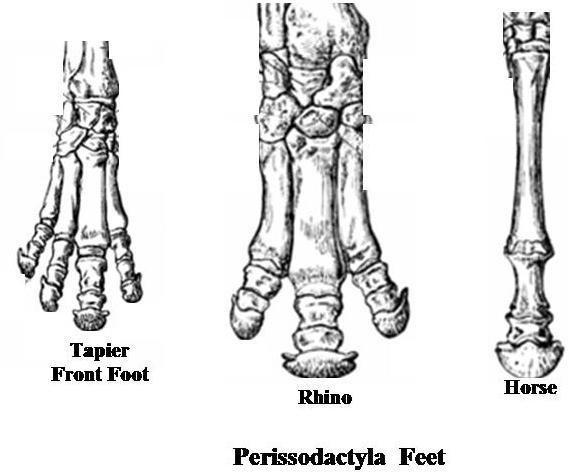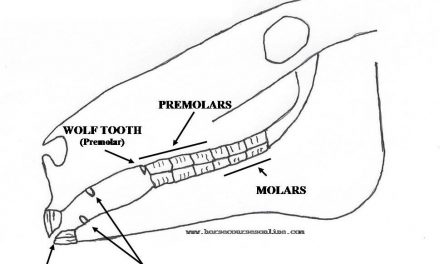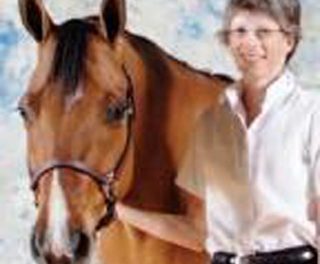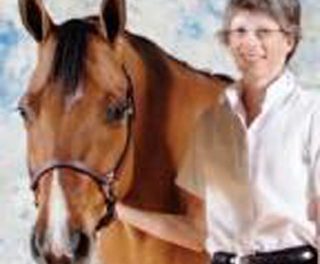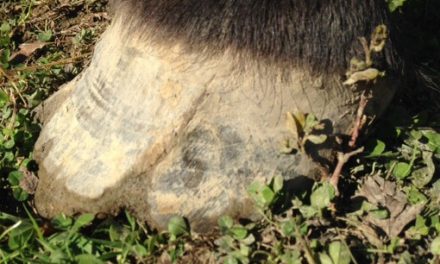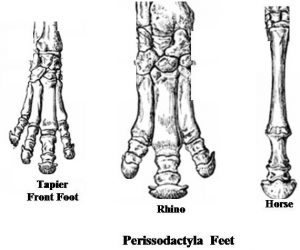
Is “hippology” the study of hippos?
No, it is actually the study of horses! “Hippo” is Greek for “horse”. Despite the name, the hippopotamus and the horse are not even closely related.
Distant cousins who would show up at an Equidae family reunion (horses, zebras and asses) would be tapirs and rhinoceroses. They are members of the perissodactyla (odd-fingered) group. The relationship is determined by the unique toe configuration, digestive system and elongated skull.
In the perissodactyla group there are either one, three or five hoofed toes on each hind foot. The third toe of all three cousins is the largest.
In the Equidae family only the third toe is used. It is encased within the hoof wall. The unused equid toes are terminated during fetal development. The first and fifth toes do not form at all. Splint bones are the remnants of the second and fourth toe.
Rhinos have three toes on each foot. Tapirs have four toes on the front, and three on the back. Like equidae the non-prominent toes are not fully formed or shorter than the third digit.
All of the cousins are non-ruminant herbivores – they eat plants, but do not have a rumen. Animals with a rumen (cows, sheep, and goats) swallow the feed directly into a fermentation vat, the rumen, where it is broken down by bacteria. It is then regurgitated as a “cud” and chewed again before being re-swallowed. Members of the perissodactyla group do not chew a cud and are hindgut fermenters – they have a cecum.
The cecum is part of the large intestine. Within the cecum are microbes that aid in the digestion of cellulose and fiber. Fermentation and the extraction of nutrients take place in the cecum.
Elongated skulls are also a characteristic of the perissodactyla group’s members. Instead of having a wide skull it is long and narrow. The jaw and nasal bones are also “stretched”.
Other similarities are the absence of a collar bone and possessing upright ears.
It is interesting that the closest cousins to the hippopotamus are cetaceans (whales, dolphins, porpoises). The “river horse” is not related to the horse at all!
* Earn a Bachelor of Science Degree in Equine Studies or certification as a Professional Horse Trainer or Riding Instructor. Start your new career as a riding instructor, horse trainer, or stable manager. All courses are online. Visit www.horsecoursesonline.com for information.

